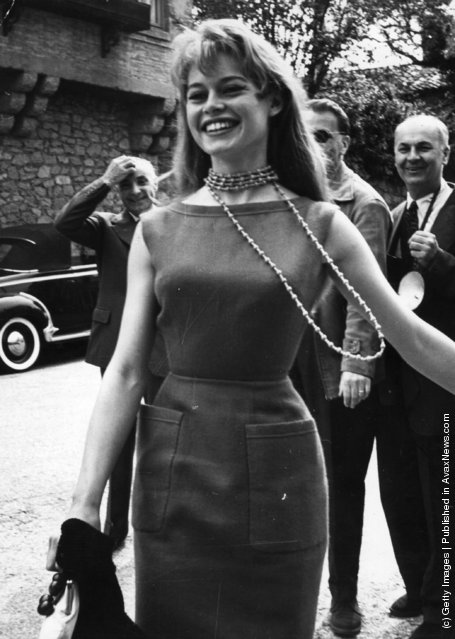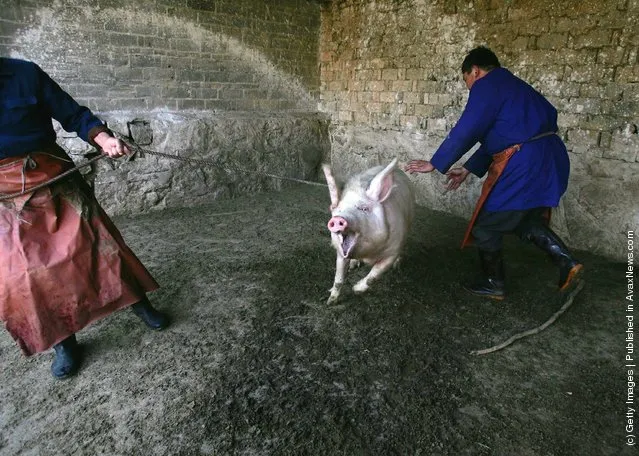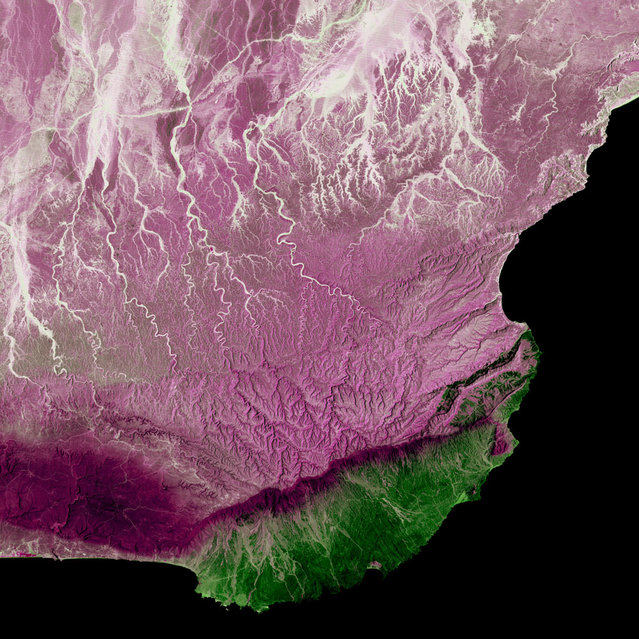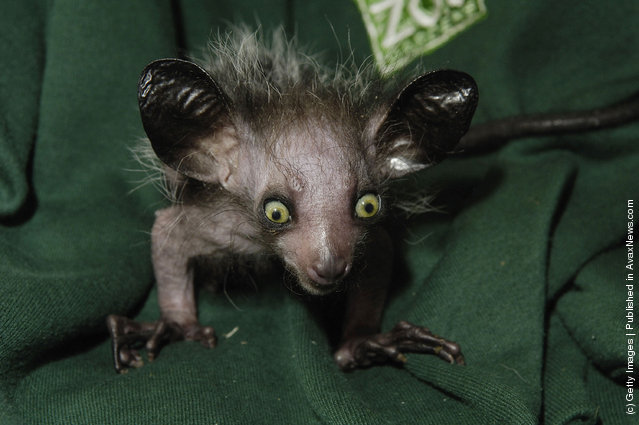
In this composite image Actress Sophie Marceau has an embarrassing moment as her top falls down while she enters a screening of “Where the Truth Lies” at the Grand Theatre during the 58th International Cannes Film Festival May 13, 2005 in Cannes, France. (Photo by Pascal Le Segretain/Getty Images)
10 May 2011 08:51:00,post received
0 comments







